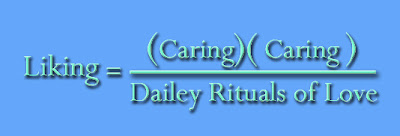Robert Bosch - Outside Ring - At The AMS Show in San Diego - January
The next few days I am going to diverge from mathematical poetry and display some of the visual mathematics work done by many talented people who have their work admitted to the American Mathematical Society mathart show coming up in January.
While we are looking at space filling curves … The following piece is another space filling curve image similar to the last blog entry yet this one has a different premise.

"Outside Ring" is a continuous line drawing constructed from a 3000-city instance of the Traveling Salesman Problem. The line is a simple closed curve drawn with white ink. It divides the plane into two regions: in (drawn with red ink) and out (drawn with black). From afar, the piece looks like an alternating link, a knot formed from two interlaced loops, one red and one black. Robert Bosch, Professor of Mathematics, Robert and Eleanor Biggs Professor of Natural Science, Department of Mathematics, Oberlin College, Founder of http://www.dominoartwork.com/
Mathartist Statement:
"I specialize in "Opt Art", the use of mathematical optimization techniques to create pictures, portraits, and sculpture. I have used integer programming to create portraits out of complete sets of dominoes, linear programming to create pointillistic pieces, and instances of the Traveling Salesman Problem to create continuous line drawings. What all my pieces have in common---aside from how they were constructed---is that they look very different up close than they do from afar. I create my artwork out of a love of optimization---the theory, the algorithms, its numerous applications. I believe that optimization can be applied to virtually every imaginable field, and I believe that my artwork does a good job of helping me make that point!"






























